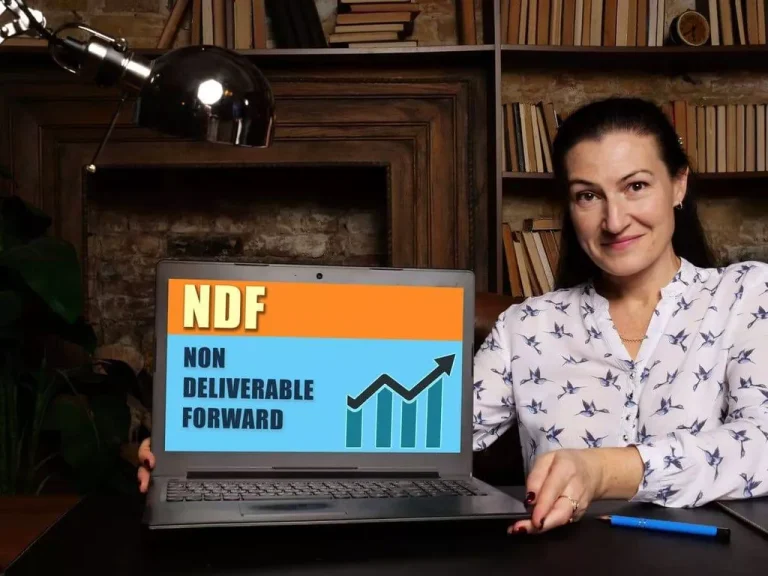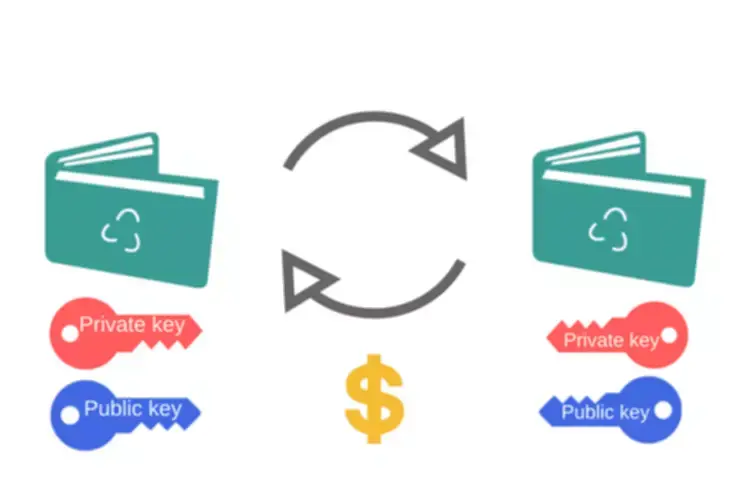Content
Ethereum has introduced Distributed Validator Technology (DVT) to tackle these issues. DVT spreads out the tasks and risks related to the validation process in Ethereum’s PoS system. It works by dividing and sharing a validator’s key responsibilities among several entities, decreasing the chances of centralized control Mining pool and eliminating single points of failure.
What Is Layer 2, and Why Ethereum Needs It
Ethereum’s transition to PoS has been a resounding success, positioning it as one of the most energy-efficient and sustainable blockchain platforms in the world. Ethereum has also become highly inclusive, enabling anyone with access to a computer to become a validator. This transformation has had significant implications for Ethereum’s functionality, security, and sustainability, as well as for the investors and users of ether (ETH), its native cryptocurrency. eth proof of stake Validators accrue rewards for making blocks and attestations when it is their turn to do so. They are penalized for not following through with their responsibilities when it is their turn to do so – i.e. if they are offline. Penalties for being offline are relatively mild and equate to about the same as the expected rewards over time.
Benefits and Challenges of Ethereum’s Transition to PoS
This is because, unlike proof-of-stake, proof-of-work necessitates both an initial hardware investment and continuing resource https://www.xcritical.com/ expenditure. The stated benefits of proof of stake are that it uses less electricity and it is more scalable. Thousands of existing smart contracts operate on the Ethereum chain, with billions of dollars in assets at stake.
- Ethereum proof of stake will not require mining; as such, it will not affect ETH price.
- According to an energy consumption index by the University of Cambridge, the Bitcoin network consumes about 100 Terawatts per hour (TWh) annually.
- Meanwhile, besides getting high security, applications used on the blockchain end up having a significantly low carbon print.
- In the next section, we will explore the pros and cons of Proof of Stake.
- DVT’s main goal is to boost security and promote decentralization by spreading the tasks and powers of a single validator among many nodes.
- An entity with strong finances can corner token markets, allowing them to collect a majority of tokens.
How Does Ethereum Staking Work?

Despite this low number, developers still promise that it should be able to handle 100,000 transactions per second in the future. But to have the intended scalability across all industries and uses, the blockchain needed to be able to handle network interactions on a much larger scale. However, it faces criticism for high energy consumption and potential centralization. PoS, which Ethereum is transitioning to, offers a more energy-efficient and scalable alternative, though it introduces new challenges like the potential for centralization and the need for complex economic incentives.

Do I need 32 ETH to become a validator on Ethereum 2.0?
Blobs will not remain on the blockchain indefinitely, removing the bloat that could occur. Improvements in these areas were and remain critical if Ethereum is to reach a wider level of adoption. Ethereum is the blockchain many smart-contract-based decentralized applications (dApps) are housed on, and these have applications in finance, real estate, supply chains, and governance, among many others.
The key points following the shift from Ethereum to Proof-of-Stake (PoS)? The ecosystem will rely on validators, not miners, to validate transactions on the Ethereum blockchain. For a validator to have voting rights and receive rewards, he or she must deposit and block 32 ETH.
Download our latest ecosystem report for insights into the future of staking on Ethereum 2.0. Overall, proof-of-stake, as it is implemented on Ethereum, has been demonstrated to be more economically secure than proof-of-work. The following provides an end-to-end explanation of how a transaction gets executed in Ethereum proof-of-stake.
This content is provided for informational purposes only, and should not be relied upon as legal, business, investment, or tax advice. Circumstances vary, and one should consult their own advisers and attorneys for advice. Certain information contained herein has been obtained from third-party sources. References to any securities or digital assets are for illustrative purposes only, and do not constitute an investment recommendation or offer to provide investment advisory services.
With an increase in ETH staking, there will be more incentives for people to use the Lido and pStake protocols. As retail and institutional investors seek ways to obtain liquidity on their staked ETH, they will increasingly migrate over to liquid staking providers. High costs and slow transaction times are currently two of the main issues users have with the Ethereum network.
This Ethereum upgrade was complex, but the network needed it for several reasons. The Ethereum network was bogged down by technical limitations—namely network congestion, scalability, and accessibility. With Ethereum moving to 2.0 with the Proof of Stake, everyone starts talking about it. By the way, at the end of the article, I show how to start earning with Ethereum 2.0 staking (not financial advice tho). Proponents believe the Merge will make Ethereum more favourable compared to arch-rival bitcoin — the world’s top cryptocurrency — in terms of price and usability.
This usually involves the network deducting some of their security deposit (their initial staked coins). It differs from proof-of-work significantly, mainly in the fact that it incentivizes honest behavior by rewarding those who put their crypto up as collateral for a chance to earn more. Proof-of-Stake is a consensus mechanism where distributed cryptocurrency validator programs share the task of validating transactions. Most other security features of PoS are not advertised, as this might create an opportunity to circumvent security measures.
The fees improved after the upgrade occurred, as validators began staking their ether. Proof of Work has been important for establishing the early success of blockchain networks like Bitcoin. However, its drawbacks, particularly regarding energy consumption and centralization risks, highlight the need for alternative mechanisms like Proof of Stake. In the next section, we will explore the pros and cons of Proof of Stake. If you’re an ETH holder, there’s a good chance you’re aware that Ethereum is moving to a Proof of Stake (PoS) consensus algorithm.
However, they pay their operating expenses, such as electricity and rent, with fiat currency. So what’s really happening is that miners exchange energy for cryptocurrency, which causes PoW mining to use as much energy as some small countries. To “buy into” the position of becoming a block creator, you need to own enough coins or tokens to become a validator on a PoS blockchain. For PoW, miners must invest in processing equipment and incur hefty energy charges to power the machines attempting to solve the computations. A proof-of-stake system functions as a cryptographic proof of ownership and proof of vested interest in the project’s ongoing success.
Because it’s more accessible, it also means there’s a strong possibility the new system will attract more node operators. The success of Ethereum’s transition to proof of stake has sparked optimism for its future. The platform’s commitment to scalability, environmental sustainability, and lucrative staking rewards is expected to continue to attract investors and developers. ETH staking is a process where we deposit and block any amount of Ether to validate blocks and secure a consensus layer. While this consensus model makes blockchain records secure, it is also very energy-intensive.
The term “downtime” refers to the period of time during which a validator is offline and unable to produce new blocks. This can be due to network delays, software issues, or hardware problems. Finality is the time it takes to protect a transaction on the blockchain. Finality guarantees that a particular block in the blockchain cannot be changed or reversed. Through the Ledger Live app, you can easily and securely stake Ethereum coins to a validator and start earning ETH rewards, passively.
